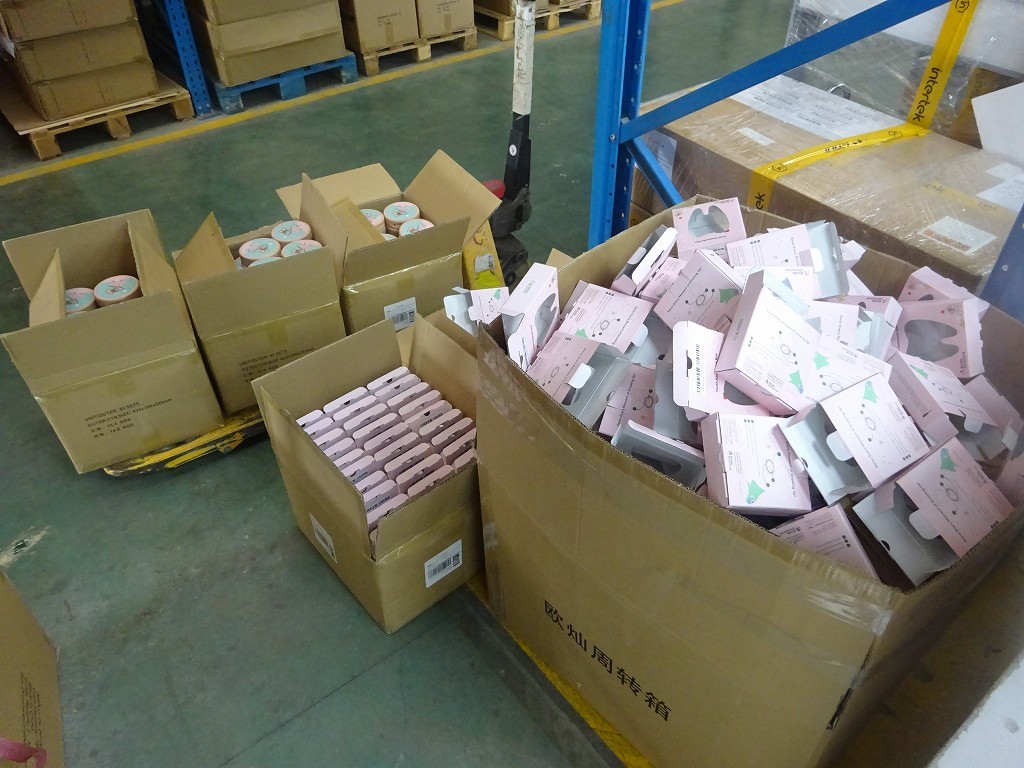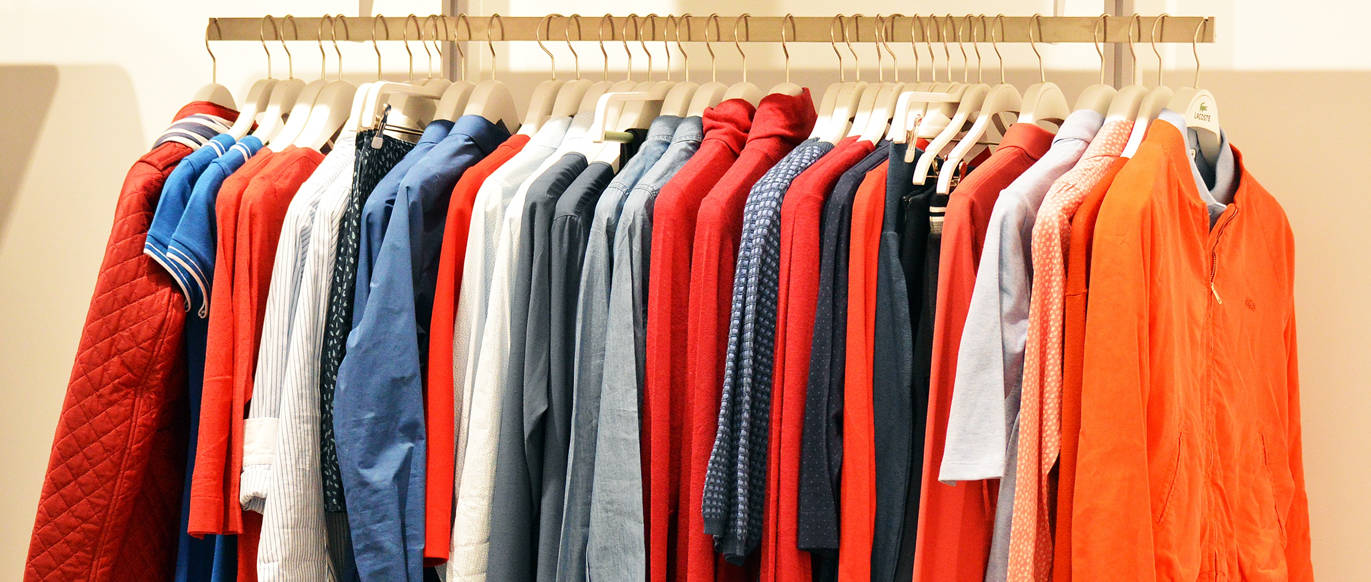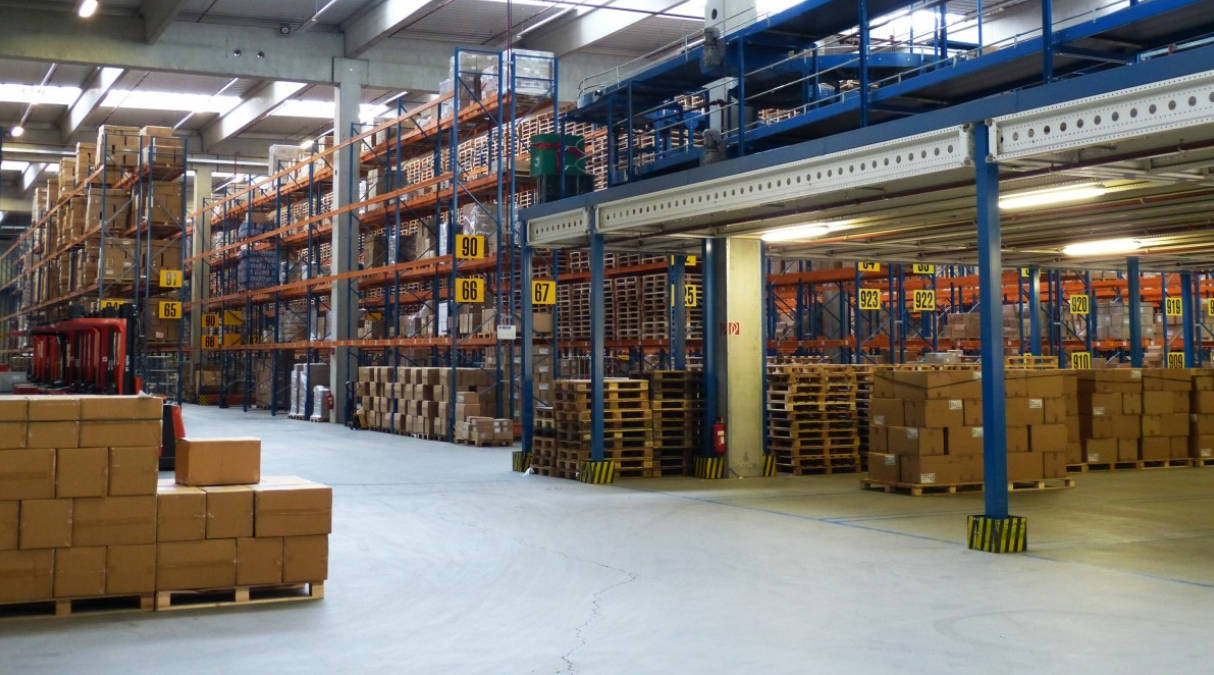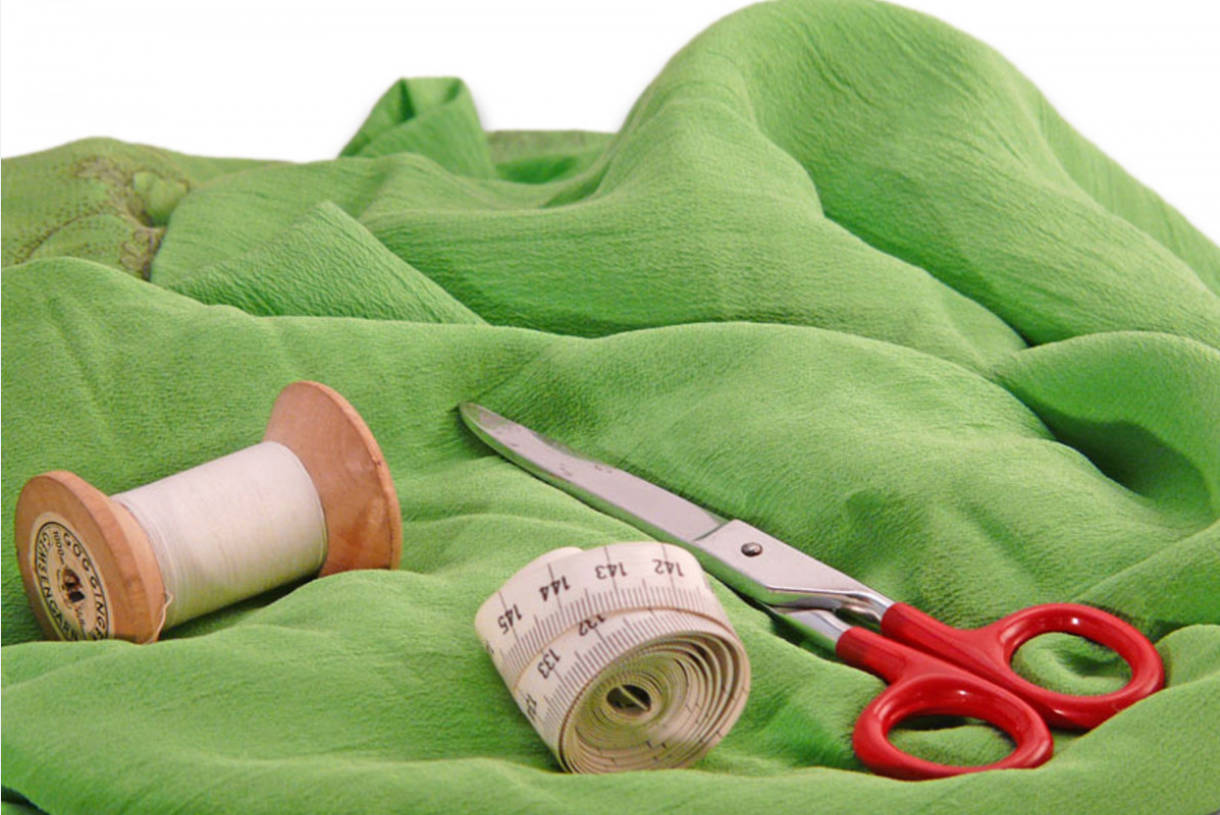As global trade continues to grow, the safety of consumer goods—especially children’s products—has become a major public concern. One of the most dangerous yet often overlooked contaminants is asbestos, a group of minerals once widely used in manufacturing for their heat resistance and strength. While banned or strictly regulated in most developed countries, asbestos can still be found in some products made without proper quality control. This makes product inspection in China and other manufacturing hubs essential for protecting consumers, particularly children.
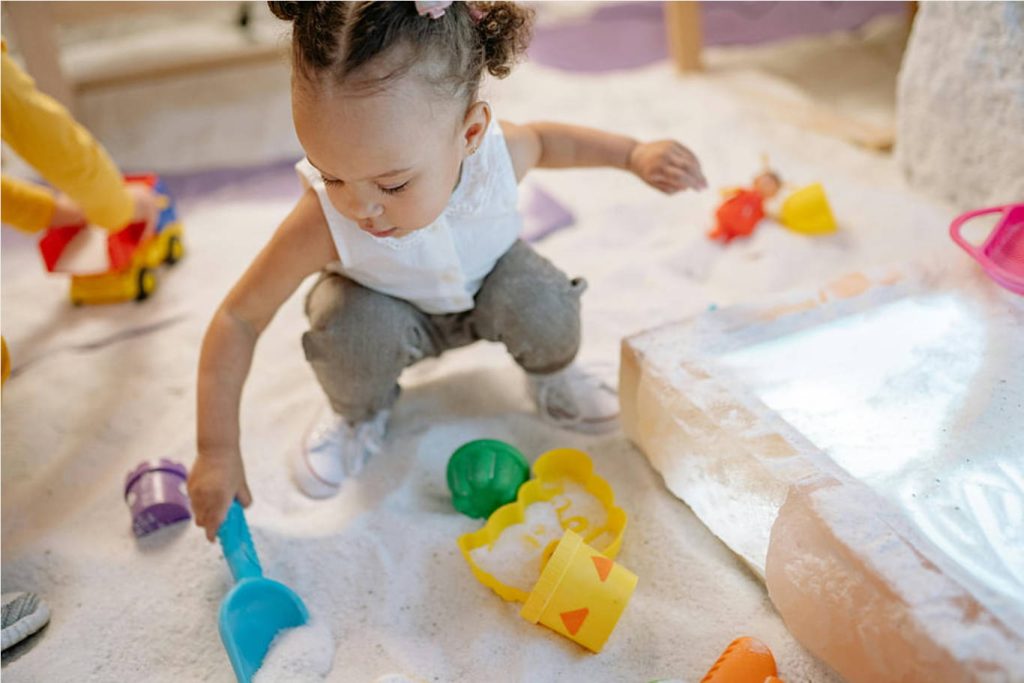
Contents
Health Risks of Asbestos Exposure
Asbestos fibers are microscopic and can easily be inhaled or ingested. Once inside the body, they can cause severe long-term health issues, including:
- Asbestosis: A chronic lung disease that causes scarring and breathing difficulties.
- Lung cancer: Exposure greatly increases the risk of developing lung cancer later in life.
- Mesothelioma: A rare but aggressive cancer affecting the lining of the lungs or abdomen.
Children are especially vulnerable. Their lungs and immune systems are still developing, making it easier for asbestos fibers to cause irreversible damage. Even low-level or short-term exposure from contaminated toys—such as crayons, modeling clay, or talcum-powder-based items—can pose health risks over time.
How Asbestos Can Appear in Children’s Toys
While it might seem unthinkable, asbestos can still enter toy materials through contaminated raw materials. For example:
- Talc, a soft mineral sometimes used in crayons or powders, may naturally contain asbestos if not properly refined.
- Plastics or paints made with recycled industrial materials could also contain traces of asbestos.
In some cases, manufacturers may unknowingly use contaminated sources due to poor supply chain management or lack of strict material testing.
How to Avoid Asbestos-Containing Products
Parents and buyers can take practical steps to minimize the risk:
- Purchase from reputable brands that comply with international toy safety standards.
- Look for product certification marks such as CE (Europe), ASTM F963 (U.S.), or ISO standards.
- Avoid cheap, unbranded toys or those without clear material information.
- Request product testing reports when sourcing toys for retail or import.
For importers and retailers, conducting third-party product inspection in China is one of the most effective measures to detect hazardous substances before products leave the factory. Professional inspectors can collect samples and verify compliance with safety standards such as EN 71, ASTM F963, or ISO 8124, which all include limits for toxic or restricted materials.
International Regulations on Asbestos and Hazardous Substances
Most countries have strict regulations against asbestos in consumer products, including:
- European Union (REACH Regulation): Asbestos and asbestos-containing materials are banned from all consumer goods.
- United States (CPSC & EPA): The use of asbestos in toys and children’s products is strictly prohibited.
- China GB Standards: Recent GB standards for toy safety (GB 6675 series) align closely with international norms, restricting hazardous materials like heavy metals, phthalates, and asbestos.
- Australia and Canada: Both enforce complete bans on asbestos imports and manufacturing.
Importers must ensure that all goods meet the destination country’s regulations, as non-compliant shipments can be seized or recalled.
The Role of Third-Party Product Inspection in China
Professional third-party inspection companies play a key role in identifying potential asbestos risks during production. Their inspectors can:
- Review material safety data and supplier documentation.
- Conduct on-site visual checks and random sampling.
- Send samples to accredited laboratories for asbestos and chemical testing.
- Verify labeling, packaging, and documentation compliance before shipment.
By performing product inspection in China, importers reduce the risk of distributing unsafe products, protect their brand reputation, and ensure compliance with international safety standards.
Conclusion
Asbestos exposure, especially among children, can lead to devastating health consequences. While global regulations have significantly reduced its use, risks remain in poorly controlled manufacturing environments.
Through careful sourcing, strict compliance checks, and reliable product inspection in China, importers and consumers can work together to ensure that no asbestos-contaminated toys ever reach a child’s hands.


